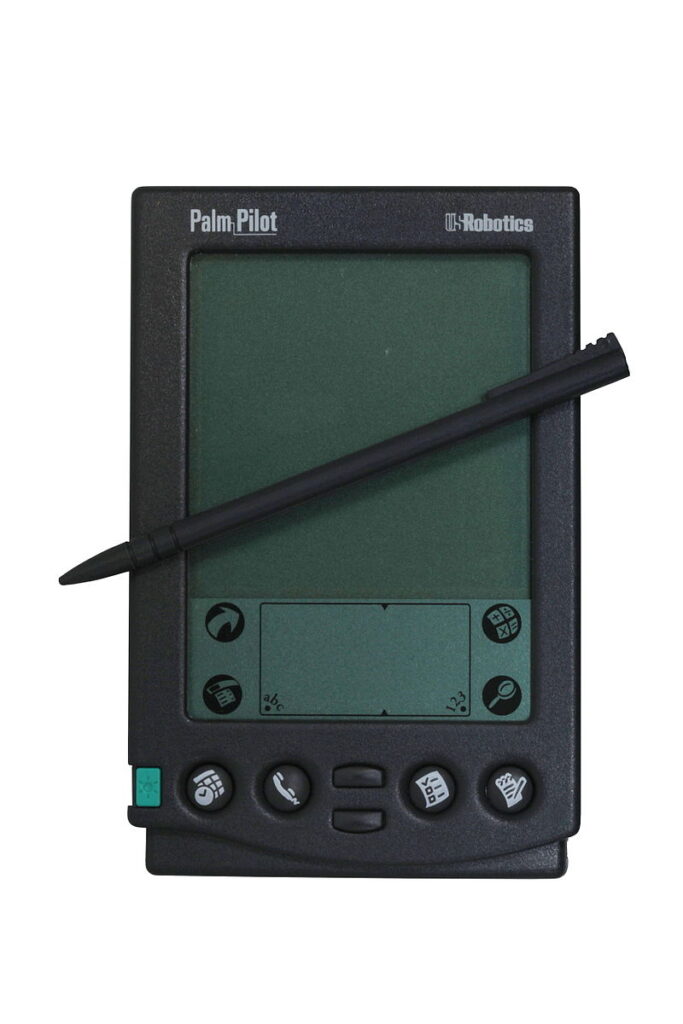a) Palm Pilot
The introduction of the Palm Pilot in 1996 stands as a significant milestone in the evolution of personal digital assistants (PDAs) and mobile computing. Developed by Palm, Inc., the Palm Pilot was among the first in its category to achieve widespread popularity, setting the stage for the future of personal organization technology.
One of the key features that set the Palm Pilot apart was its touchscreen interface, which was a novel concept in consumer electronics at the time. The device also incorporated a handwriting recognition system called Graffiti, allowing users to input data by writing with a stylus directly on the screen. This feature was particularly innovative, as it provided a user-friendly and efficient method of interaction, contrasting with the keyboard-based inputs typical of earlier PDAs.
The Palm Pilot was not just a tool for managing personal information such as contacts, appointments, and notes; it also marked a turning point in mobile computing. Its compact size, coupled with powerful organizational capabilities, made it highly appealing to business professionals and general consumers alike. The success of the Palm Pilot highlighted the growing demand for portable, user-friendly digital devices, paving the way for the development of smartphones and other advanced mobile technologies.
The legacy of the Palm Pilot is evident in the design and functionality of current mobile devices. It was a forerunner in demonstrating the potential of handheld devices to revolutionize the way individuals manage information and communicate, underscoring the importance of innovation in the realm of personal technology.

